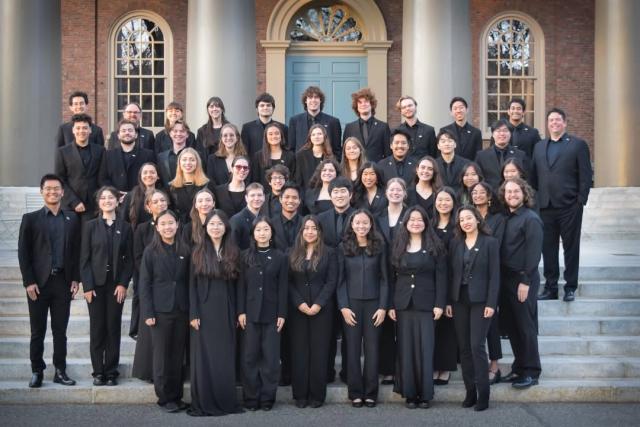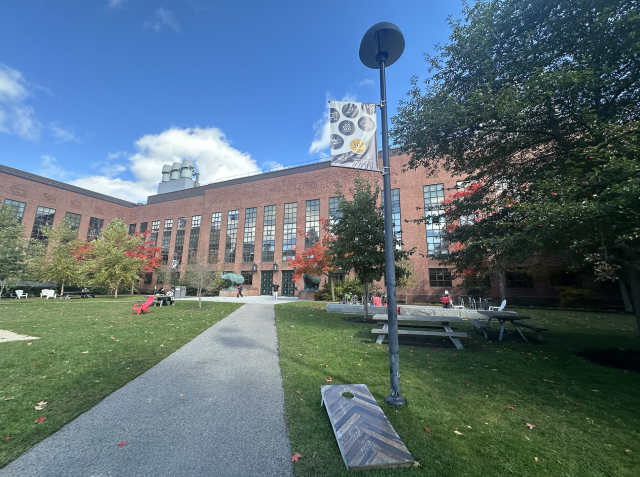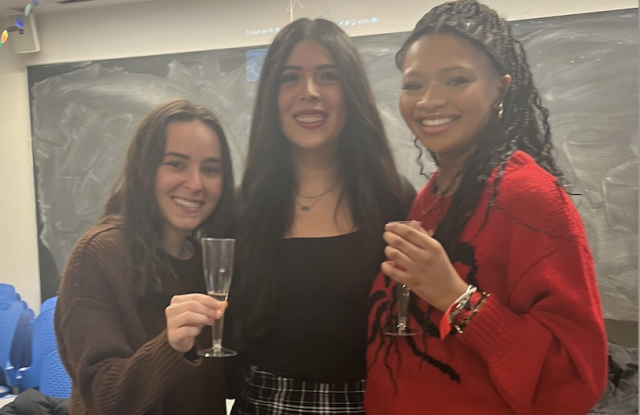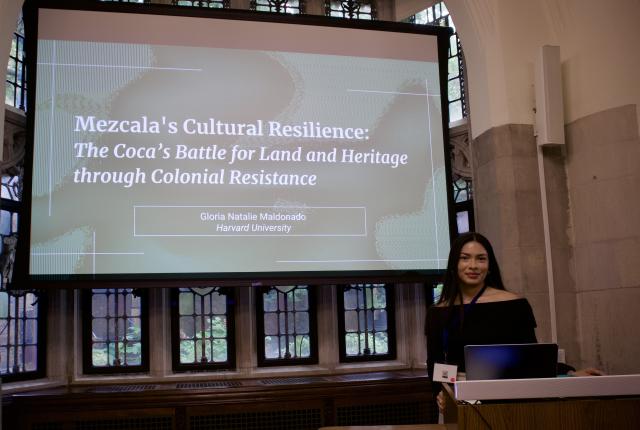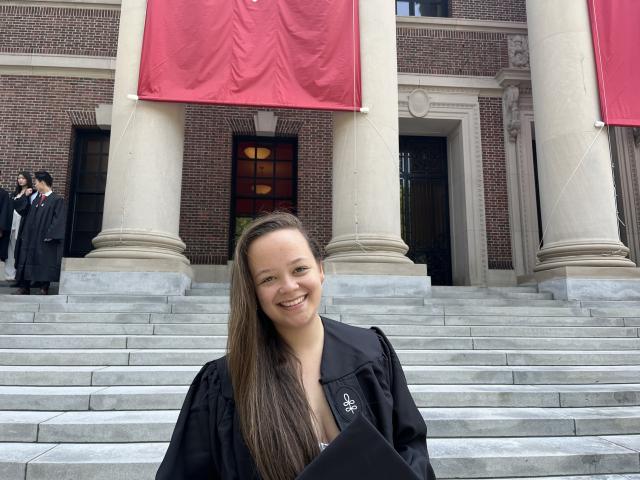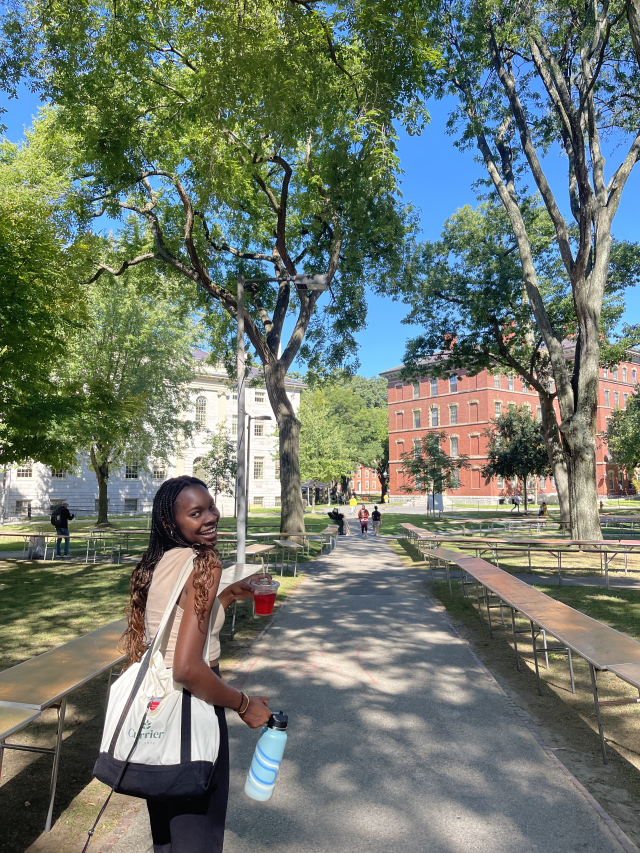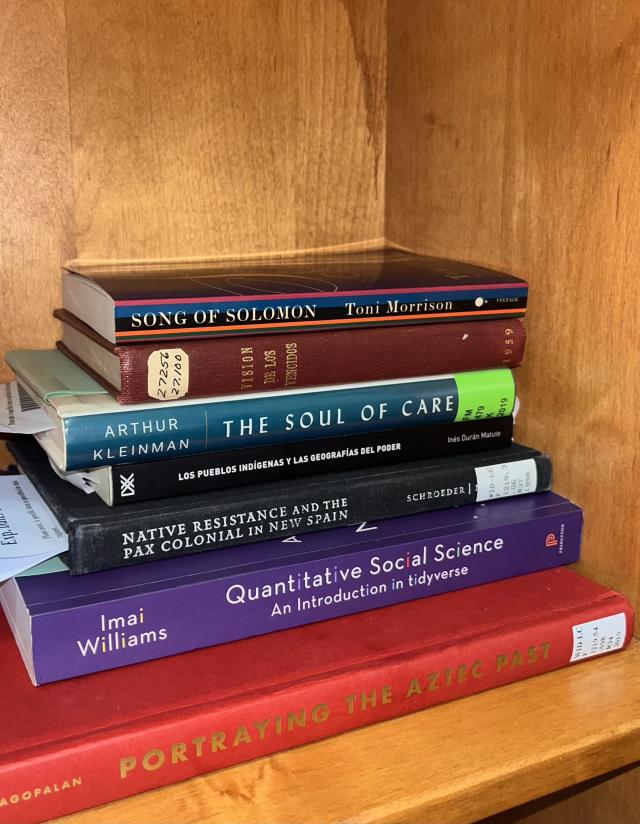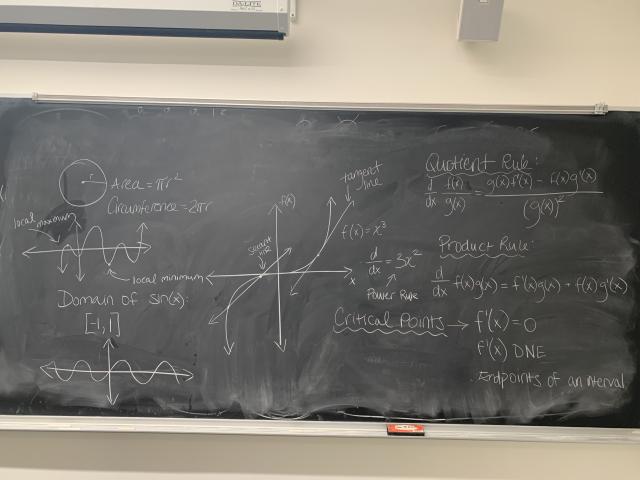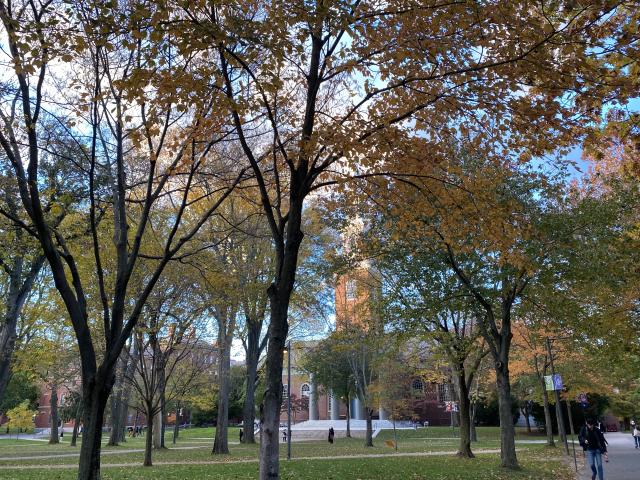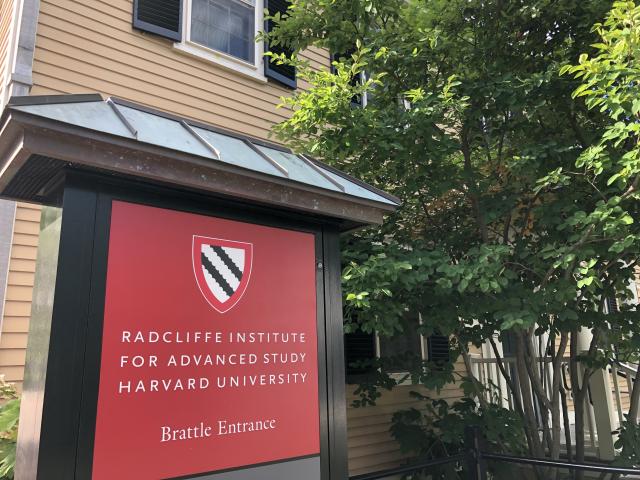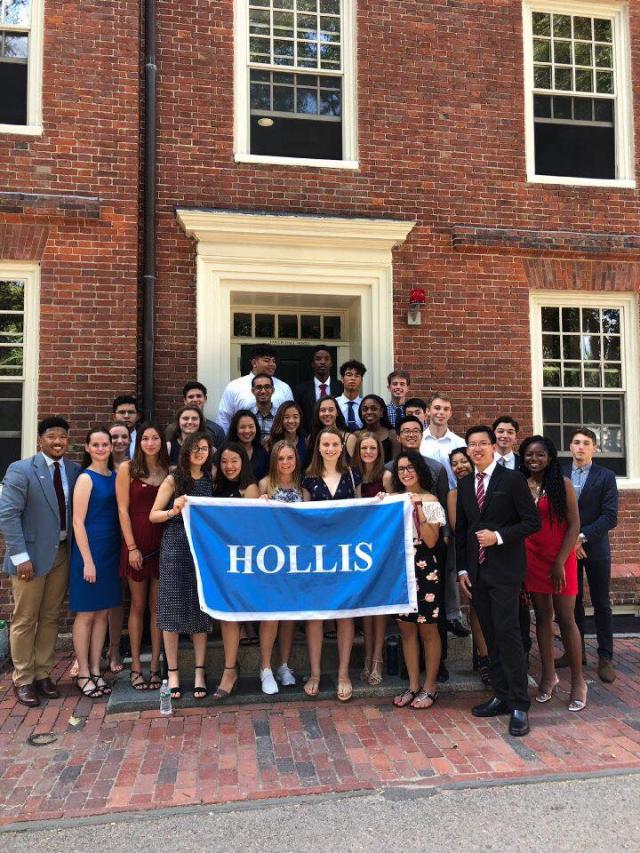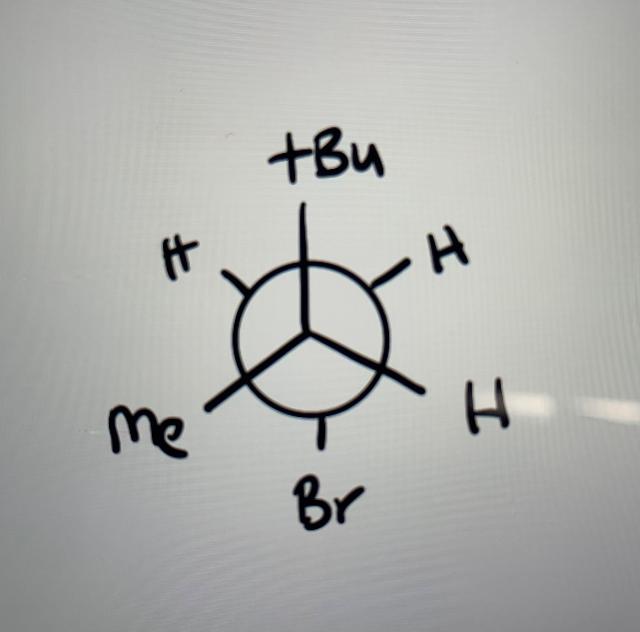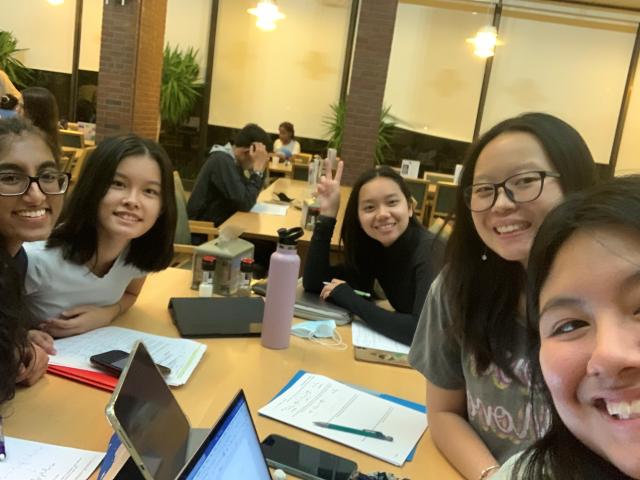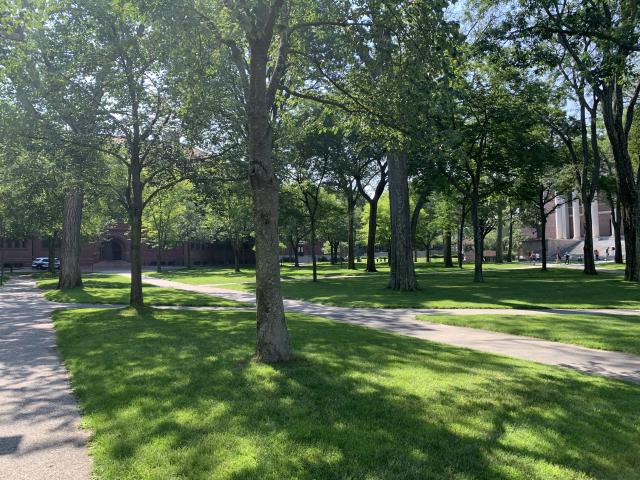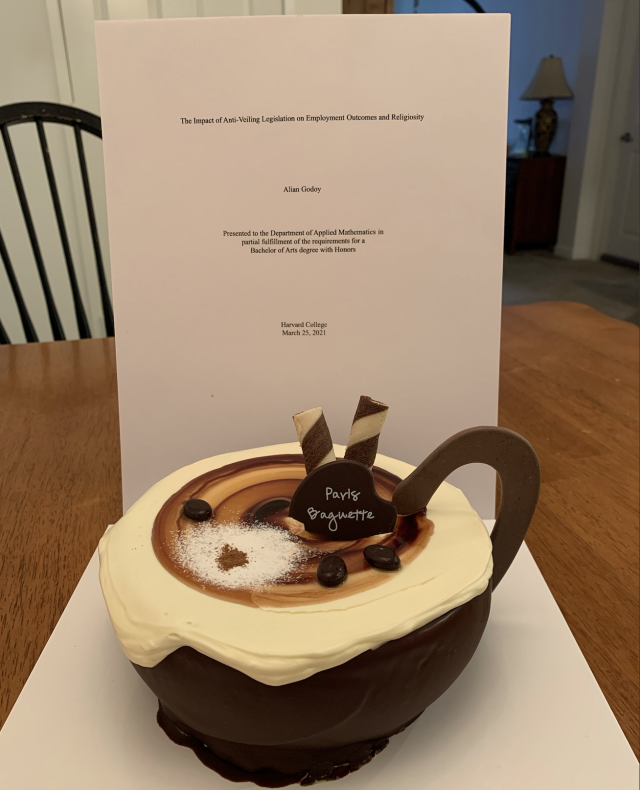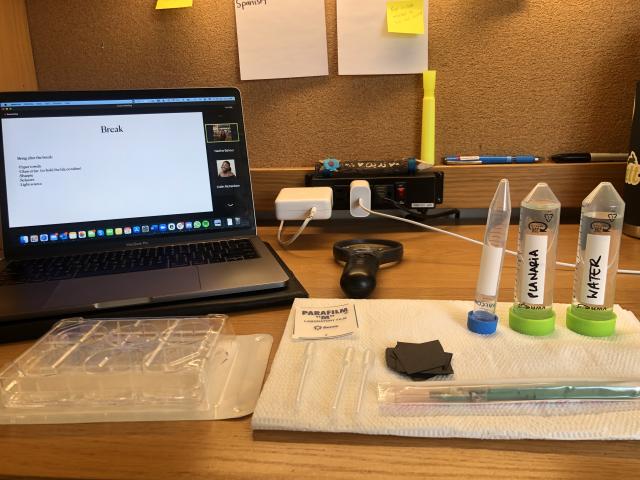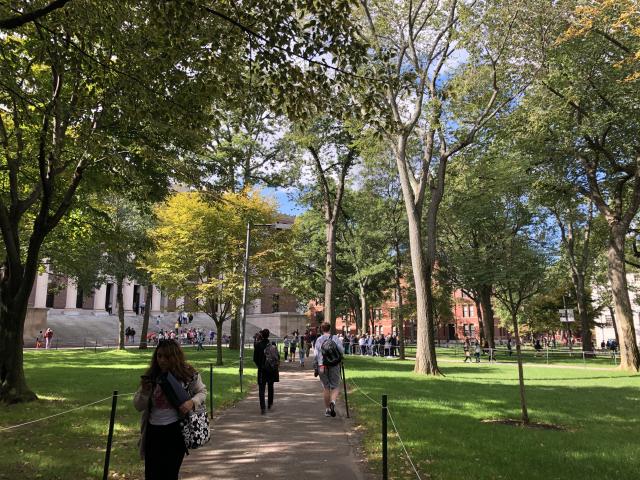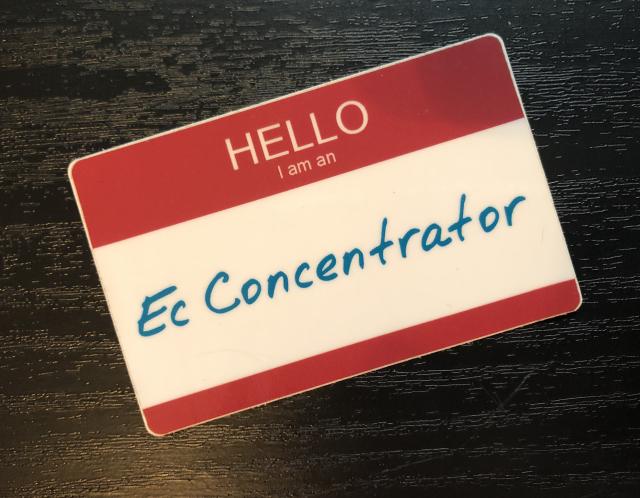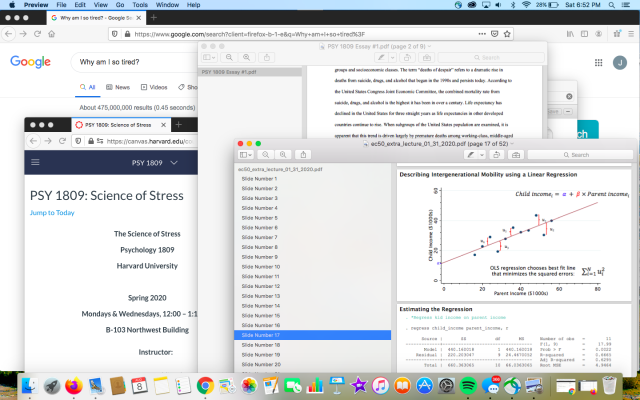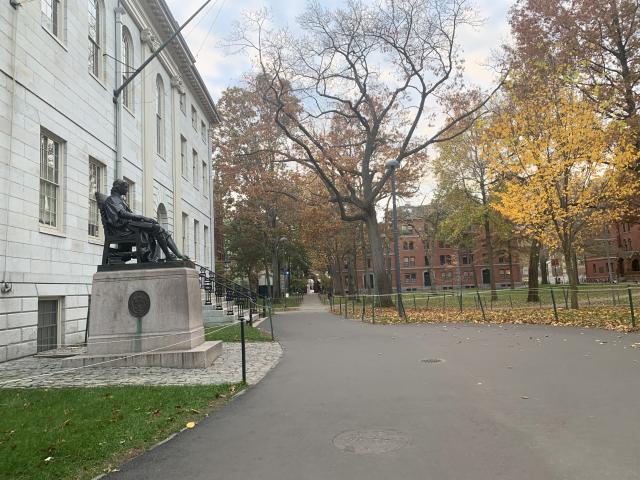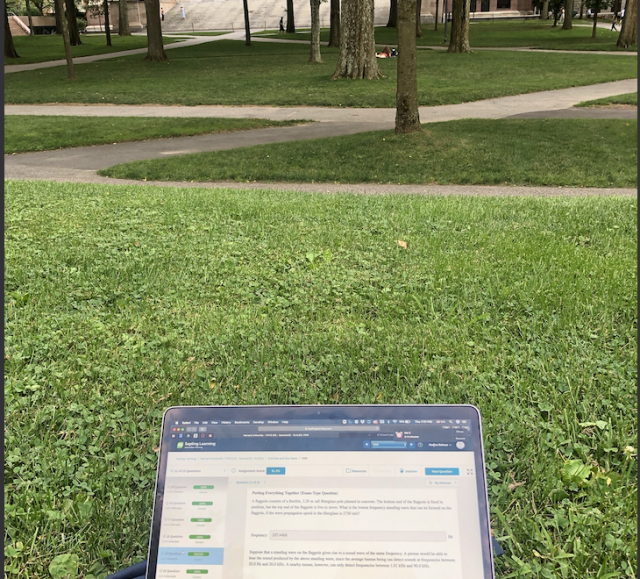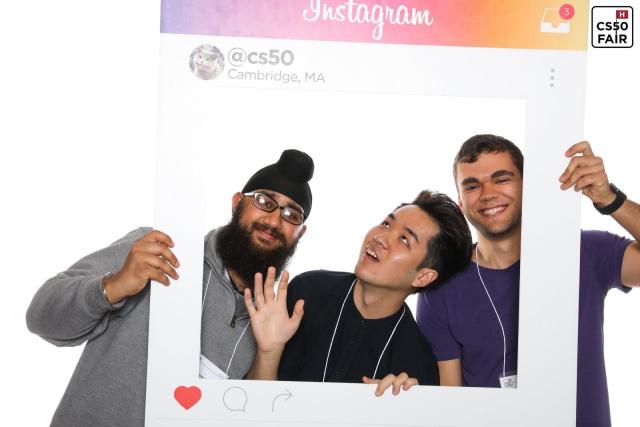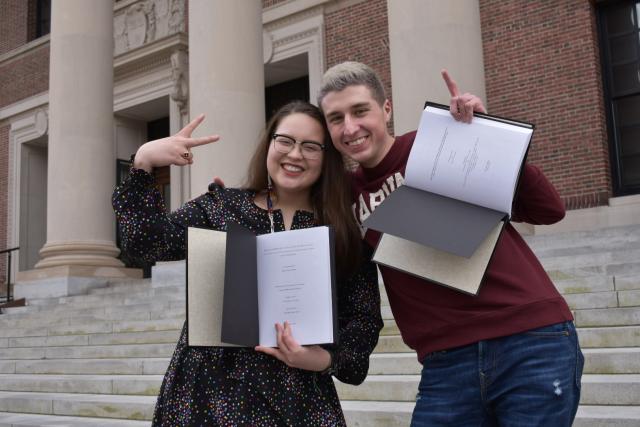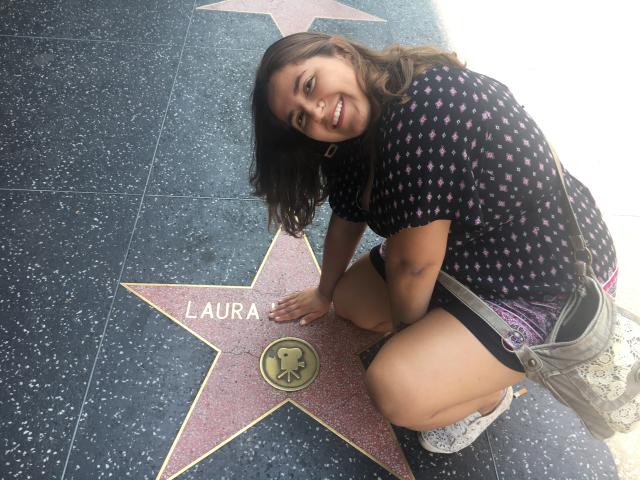If you ever attend a Harvard curriculum webinar, academic advising meeting, or perhaps a prospective student information session, you will likely come across a key resource that Harvard students use regarding course planning – the Harvard College Curriculum pie chart.
This pie chart, from the Office of Undergraduate Education, very nicely lays out the 32 courses (or 128 credits) that most students complete over eight semesters to earn a bachelor’s degree at Harvard. It is organized into three categories:
1. The College Curriculum
3. Electives
As a first-year, I was often drawn to the last slice of the pie – the electives. During my first two years at Harvard, I focused on completing key requirements in the curriculum that helped me explore academic and concentration (Harvard’s word for a major) interests in Psychology and Biology. However, as I selected my semester courses, I was curious how I would eventually fulfill the numerous elective course credits.
Just some months ago, that became clear. Last spring, Harvard’s Faculty of Arts and Sciences approved double concentrations for undergraduate students. This forged a path for students to pursue the full requirements of two completely separate concentrations in a way that was not designed in joint concentrations or secondary fields. Having declared a concentration in Psychology on the Cognitive Neuroscience and Evolutionary Psychology (CNEP) track and a secondary field in Global Health and Health Policy (GHHP) during the fall of my Sophomore year, I ultimately decided that a double concentration in Human Evolutionary Biology was the right choice for me as a junior.
Joint Concentrations
Double concentrations differ from joint concentrations in that students pursuing a double concentration are not required to combine the two academic fields as well as not required to write a senior thesis. Joint concentrations are a true hallmark of Harvard because they, in essence, allow an undergraduate to blend two concentrations into one cohesive unit of classes. It is important to note that, due to some of the extensive planning and blending of requirements, not all undergraduate departments approve of joint concentrations. Because of this, double concentrations present a worthy option for students interested in deeply pursuing two areas of study.
Secondary Fields
Additionally, double concentration differs from secondary fields in that secondary fields are more similar to minors and do not have as many requirements to complete as a full concentration. Whereas with a double concentration, a student is completing the requirements of two stand-alone concentrations, secondary fields are seen as a complement to the student’s concentration and academic interests as well as an opportunity to explore other fields. Feel free to check out the more than 40 secondary fields offered at Harvard here.
Coming to Harvard, I was drawn by how students could chart their own paths – whether it be creating your own club or tailoring a joint concentration and thesis to your specific interests. I have found declaring a double concentration in Psychology and Human Evolutionary Biology to be very rewarding as I am able to pursue research, gain access to personalized advising, and have two unique academic experiences in both concentrations.
















